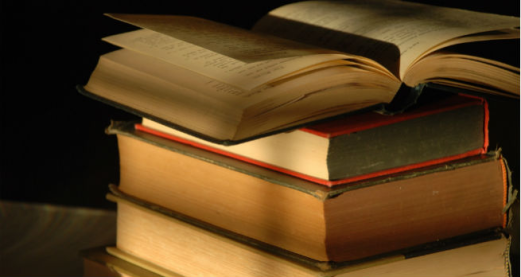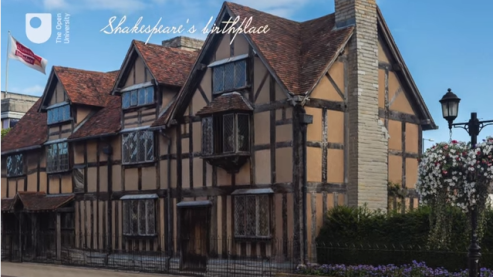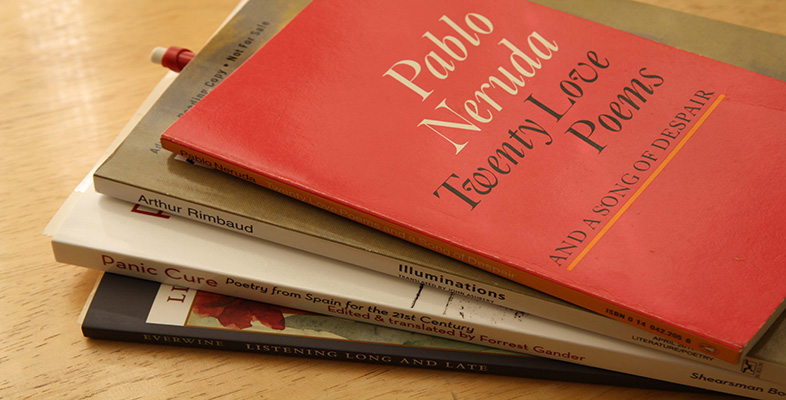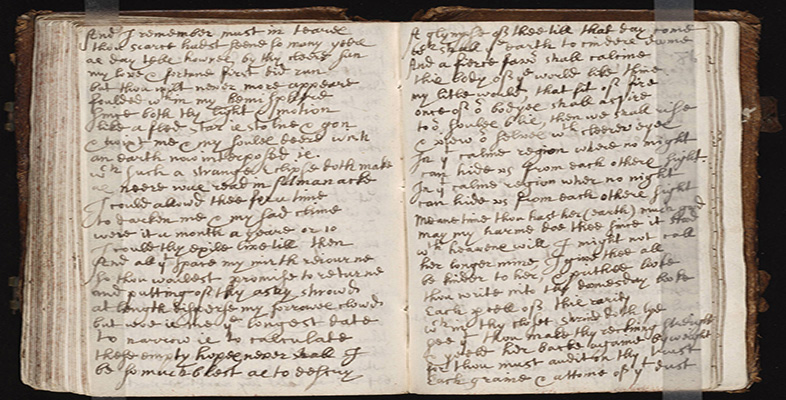Explore Edward Lear's nonsense verse with exclusive videos and activities.
Edward Lear's published his first collection of nonsense verse, The Book of Nonsense, in 1846 – but it was certainly not his last. Published in 1871, Lear’s Nonsense Songs, Stories, Botany and Alphabets contains the much loved poem, 'The Owl and Pussycat'. Whilst researching her own sequel, children’s author Julia Donaldson discovered that Lear wrote – but never completed – his own follow-up. In this fragment the cat falls out of a tree and the “elegant fowl” goes demented with grief – treading the characteristically fine line between joy and melancholy in Lear’s writing.
Edward Lear – the 20th child of a bankrupt and widowed businessman - was brought up by his elder sister. The young Lear had epilepsy – a condition stigmatised at the time, but he also had precocious artistic gifts. As a young man he was summoned to Knowsley Hall in Merseyside to paint the Earl of Derby’s menagerie. The aboriginal names of some of the exotic Australian creatures at Knowsley may have found their way into the nonsense verse that he began to write for the Earl’s children.
Lear’s verse coincided with an explosion in English nonsense literature – including Lewis Carroll’s Alice in Wonderland. But Lear also introduced a unique visual style to his books, pioneering a new kind of poetry that married brilliant wordplay with astonishing artwork. Lear’s poems represent a wonderfully childish, creative antidote to the relentless, and dehumanising, march of Victorian “progress” - which may be why his impish voice continues to speak to us today.
Video: Graphic books
Video: Reading in and out of the nursery
Adventures: Learn some nonsense by heart and find a nonsense alphabet of animals
The Secret Life of Books - Find out more about the other books in the series.
Feeling loving, adventurous or scared? Poetry Prescription will find you the perfect poem to reflect your mood.
Activity
Level: 1 Introductory
Why do people visit museums of writers' homes? Discover the secret life of authors in this short video.
Video
Level: 1 Introductory
Expand your mind

Poetry prescription

The author at home
Start writing fiction is a free course that helps you to get started with your own fiction writing, focusing on the central skill of creating characters.
Free course
24 hours
Level: 1 Introductory
Have you always wanted to try to write poetry but never quite managed to start? This free course, What is poetry?, is designed to illustrate the techniques behind both the traditional forms of poetry and free verse. You will learn how you can use your own experiences to develop ideas and how to harness your imagination.
Free course
12 hours
Level: 1 Introductory
Do you want to get more out of your reading? This free course, Approaching prose fiction, is designed to develop the analytical skills you need for a more in-depth study of literary texts. You will learn about narrative events and perspectives, the setting of novels, types of characterisation and genre.
Free course
20 hours
Level: 2 Intermediate
Do you want to get more out of your reading of poetry? This free course, Approaching poetry, is designed to develop the analytical skills you need for a more in-depth study of literary texts. You will learn about rhythm, alliteration, rhyme, poetic inversion, voice and line lengths and endings. You will examine poems that do not rhyme and learn ...
Free course
20 hours
Level: 2 Intermediate
Try free courses

Start writing fiction: characters and stories

What is poetry?

Approaching prose fiction

Approaching poetry
Study with the Open University
-

Study Children's Literature with the OU
Learn more to access more details of Study Children's Literature with the OUFrom 18th Century chapbooks through to Young Adult novels, explore a vibrant world.
External link
Rate and Review
Rate this article
Review this article
Log into OpenLearn to leave reviews and join in the conversation.
Article reviews